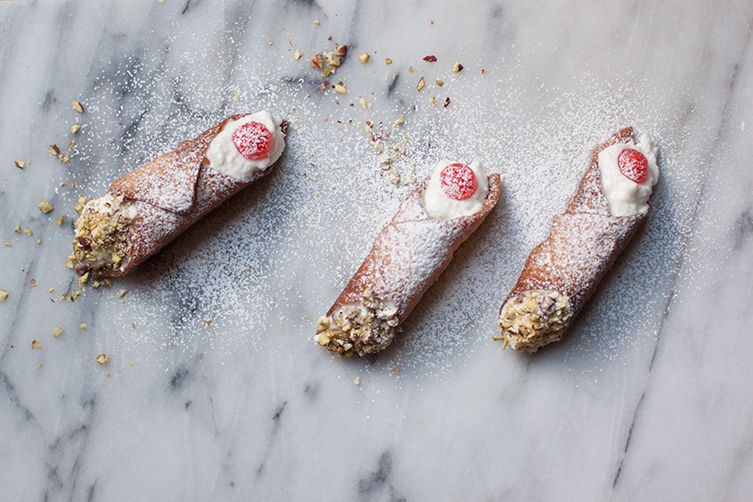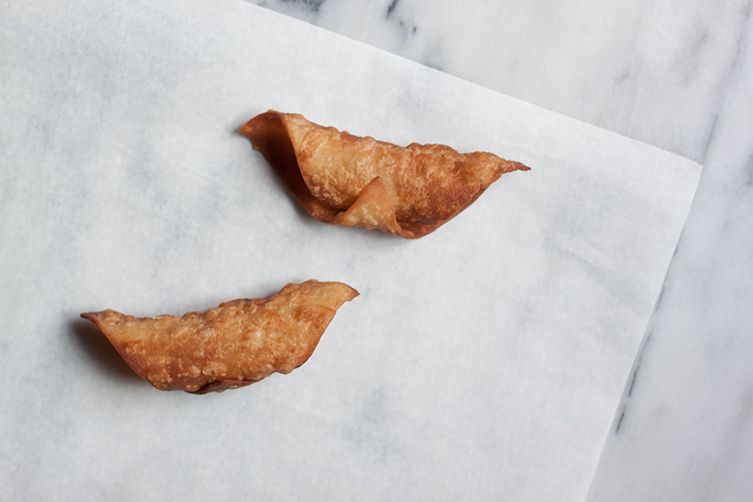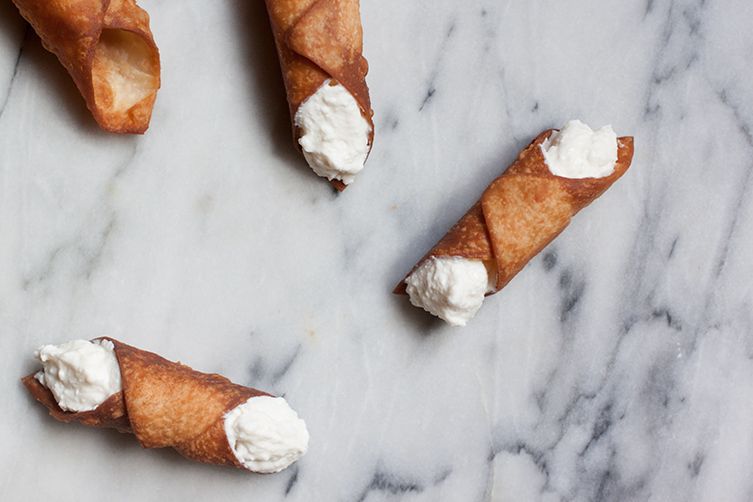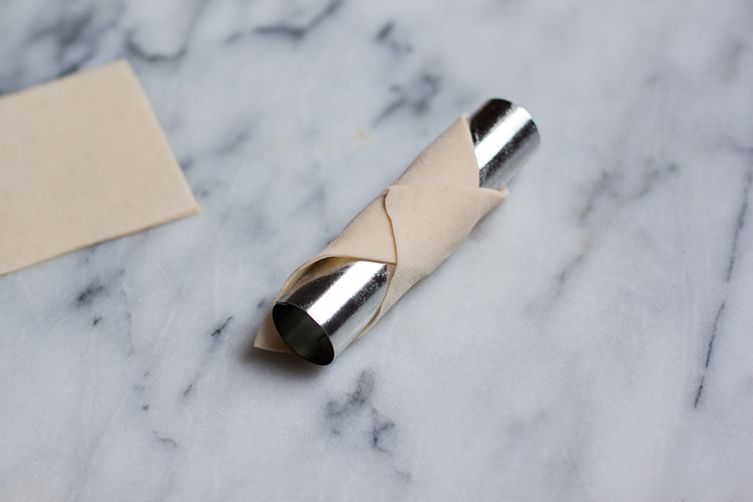Popular on Food52
Continue After Advertisement
10 Comments
typeo_girl
November 30, 2016
I thought for true cannoli you needed to use impastata ricotta....
Emiko
December 1, 2016
Well technically true cannoli (like in this recipe) come from Sicily, and in Italy "impastata ricotta" does not exist because basically all ricotta is "impastata ricotta". In the US impastata ricotta evolved to create a similar ricotta to the one you find in Italy, which is drier and can stand on its own. There's some more about ricotta right here: https://food52.com/blog/15463-why-what-you-re-making-at-home-isn-t-real-ricotta
Ken D.
November 29, 2016
1 tsp of sugar is not 240 grams.
you guys need to edit your recipes as if you care.
you guys need to edit your recipes as if you care.
Emiko
November 30, 2016
You are right, 1 cup of sugar is 240 grams. It is a typo but if you click to the recipe you'll find the correct recipe there (it has been edited to 225 grams of superfine sugar rather than 240 grams of granulated sugar. Both are equivalent to 1 cup of both types of sugars, so if using cups, it's 1 cup superfine sugar). We are only human. And we care :)
Gloria J.
January 27, 2016
I see that you had both cannoli' s, and I would so much like a recipe for the custard filling. I could use a traditional yellow custard one, but would love it to come from Italy. I live in N.E. PA, and in my area I only remember the custard. Only when I lived out in CA did I first experience the ricotta ones with chocolate chips, which I could make but my heart belongs to the custard ones. At each end we have colored pistachios/walnuts. Any suggestions would be greatly appreciated.
Lorie
January 25, 2016
Any advice on how to get the fried shell off the metal tube? I had attempted to make my own cannoli, only one time, and struggled with getting them to come off. Dough recipe or maybe didn't let them cool on the tube long enough? Appreciate any hints!
Emiko
January 26, 2016
They usually just slip off as having been fried in oil they are usually well-greased! If you're baking them in the oven rather than frying, then they should be greased with some olive oil or you could even try some parchment paper but that would get a little fiddly.





See what other Food52 readers are saying.